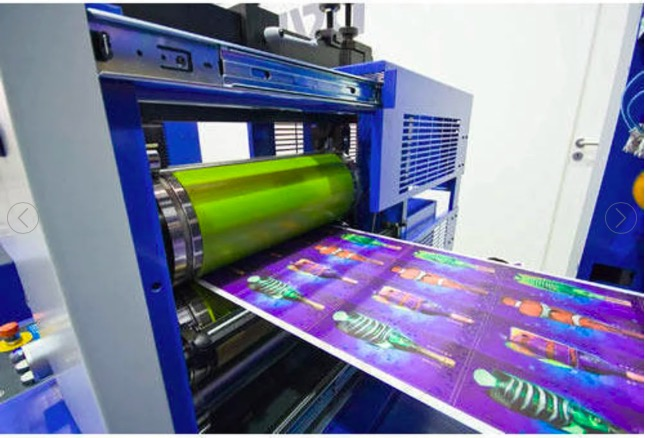In the last 20 years, UV curing inks have been widely used in the field of lithographic ink. According to some market surveys,[1,2] radiation curable inks are forecast to enjoy a 10 percent growth rate.
This growth is also due to a continuous improvement in printing technology. Recent developments in printing presses (sheetfed and web machines in terms of high speed production and inking/dampening units) and drier equipment (nitrogen blanketing and cold lamps) have led to a significant increase in the number of applications in the graphic arts industry, including boxes for cosmetics, food, tobacco, spirits, business forms, direct mail, lottery tickets and credit cards.
Formulation of UV curable printing inks depends on many variables. In this paper, we have tried to highlight the role of the physical behavior of the monomer in an ink recipe. We have fully characterized the monomers in term of interfacial tension in order to anticipate their behavior with water in a lithographic process.
Furthermore, inks have been formulated with these monomers and end-used properties have been compared.
All the monomers used in the study are Cray Valley products. The GPTA monomers have been synthesized in order to change their affinity with water.
Post time: Sep-19-2025






